5G Technology Impact on Mobile App Development
 20 November 2023
20 November 2023The advent of 5G technology marks a significant milestone in mobile connectivity, poised to redefine what’s possible in mobile app development. As we transition from the era of 4G networks, 5G emerges as an upgrade and a revolutionary force capable of transforming the global mobile industry. This leap forward promises to unlock new dimensions in mobile app functionality, efficiency, and user experience.
The Evolution from 4G to 5G Technology: Expectations in Mobile App Development
The shift from 4G to 5G is more than a mere step up in speed; it’s a complete overhaul of the mobile landscape. While 4G revolutionized mobile internet, 5G is set to revolutionize mobile technology. With its unprecedented speed and connectivity, 5G is expected to fuel a new era of mobile app development, offering capabilities far beyond previously possible.
From augmented reality (AR) and virtual reality (VR) to intelligent city apps and IoT innovations, the impact of 5G on the mobile app industry is profound and far-reaching.
As we embark on this journey into the 5G era, app developers and businesses must prepare to embrace these changes. This includes understanding the technical nuances of 5G, optimizing apps for enhanced performance, and addressing the evolving security considerations.
This comprehensive guide delves into the various facets of 5G technology and its transformative impact on mobile app development. From the technical advancements of 5G to preparing for its future implications, we explore what it takes to thrive in this new, dynamic landscape.
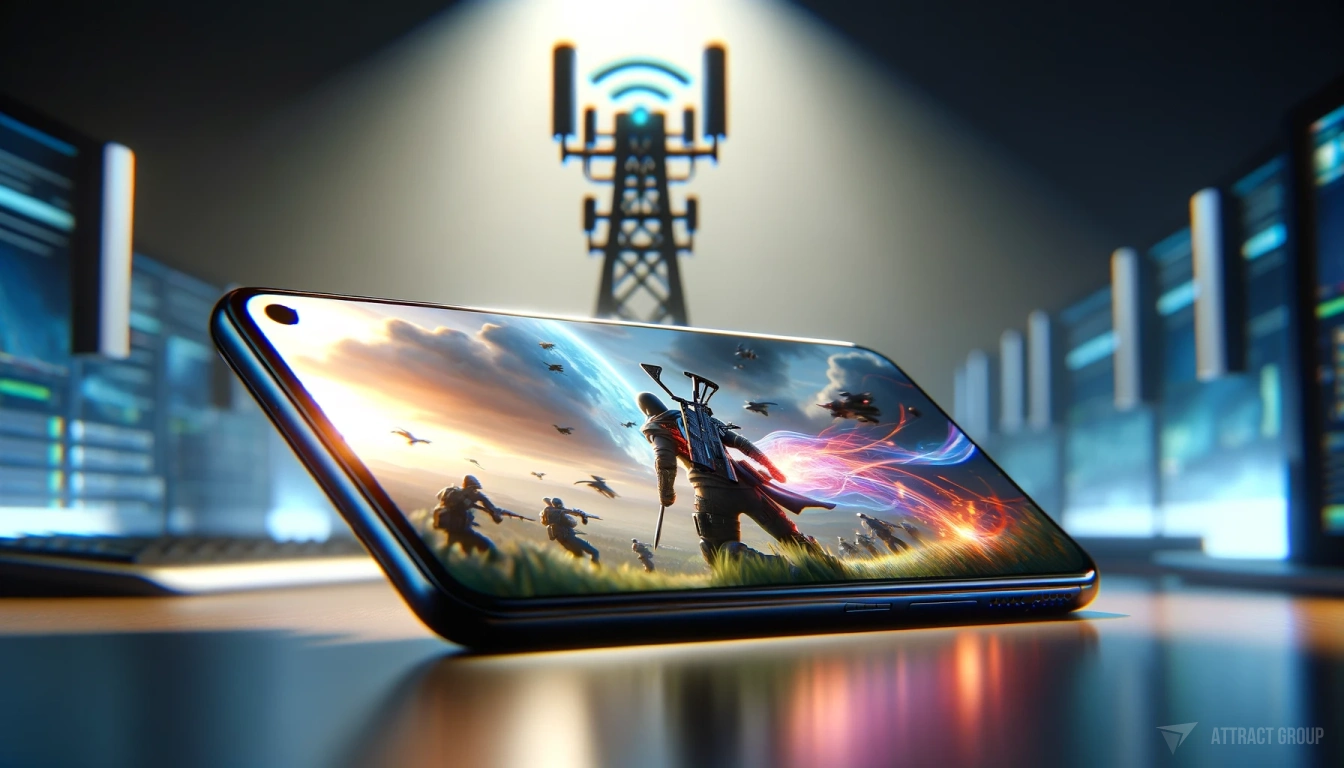
However, you can also explore the Comprehensive Guide to Mobile Development to stay ahead in the rapidly evolving world of mobile apps.
Understanding 5G Technology
The Fundamentals of 5G Networks and App Development Industry
5G technology is more than just a new generation of wireless communication; it’s a paradigm shift. Unlike its predecessor, 4G, which focused primarily on delivering faster broadband services, 5G is designed to be a versatile platform supporting various applications requiring different speeds, latency, and connectivity levels. This flexibility is crucial for developing new mobile applications and services, from enhanced mobile broadband to mission-critical communications and massive IoT networks.
5G operates on three different spectrum bands, each with its own set of characteristics and use cases. The low band spectrum offers extensive coverage and deep penetration but with lower speed. In contrast, the high band spectrum provides the highest speed and capacity but with limited coverage and penetration. The mid-band strikes a balance between the two, offering faster speeds and reasonable coverage. This tiered spectrum approach enables 5G to cater to various mobile applications, from widespread IoT deployments to high-bandwidth AR/VR applications.
How 5G Differs from Previous Wireless Technologies in Terms of Speed and Reliability
The leap from 4G to 5G is significant, with 5G offering speeds up to 100 times faster than 4G. This increase in speed, coupled with substantially reduced latency, allows for real-time communication and data exchange, a critical aspect for applications like mobile gaming, autonomous driving, and telemedicine.
Moreover, 5G networks are designed to be more reliable and efficient, capable of supporting a higher number of devices simultaneously without degradation in performance. This reliability is key in an increasingly connected world where mobile devices and IoT sensors are continually growing.
The Technical Advancements of 5G
5G’s advancements are rooted in several key technologies: enhanced mobile broadband (eMBB), ultra-reliable low latency communications (URLLC), and massive machine-type communications (mMTC). eMBB focuses on providing high data rates across a wide coverage area, essential for applications like 4K/8K video streaming and augmented reality. URLLC offers highly reliable, low-latency communication, ideal for critical applications such as autonomous vehicles and industrial automation. mMTC is designed to support many devices, which is crucial for IoT applications.
Additionally, 5G networks utilize advanced technologies like massive MIMO (Multiple Input Multiple Output), which significantly increases the capacity of a network by using multiple antennas at the transmitter and receiver to improve communication performance. Network slicing is another innovative feature, allowing operators to create multiple virtual networks with different qualities of service over a single physical infrastructure. This is particularly beneficial for tailoring mobile applications with specific speed, capacity, and latency requirements.
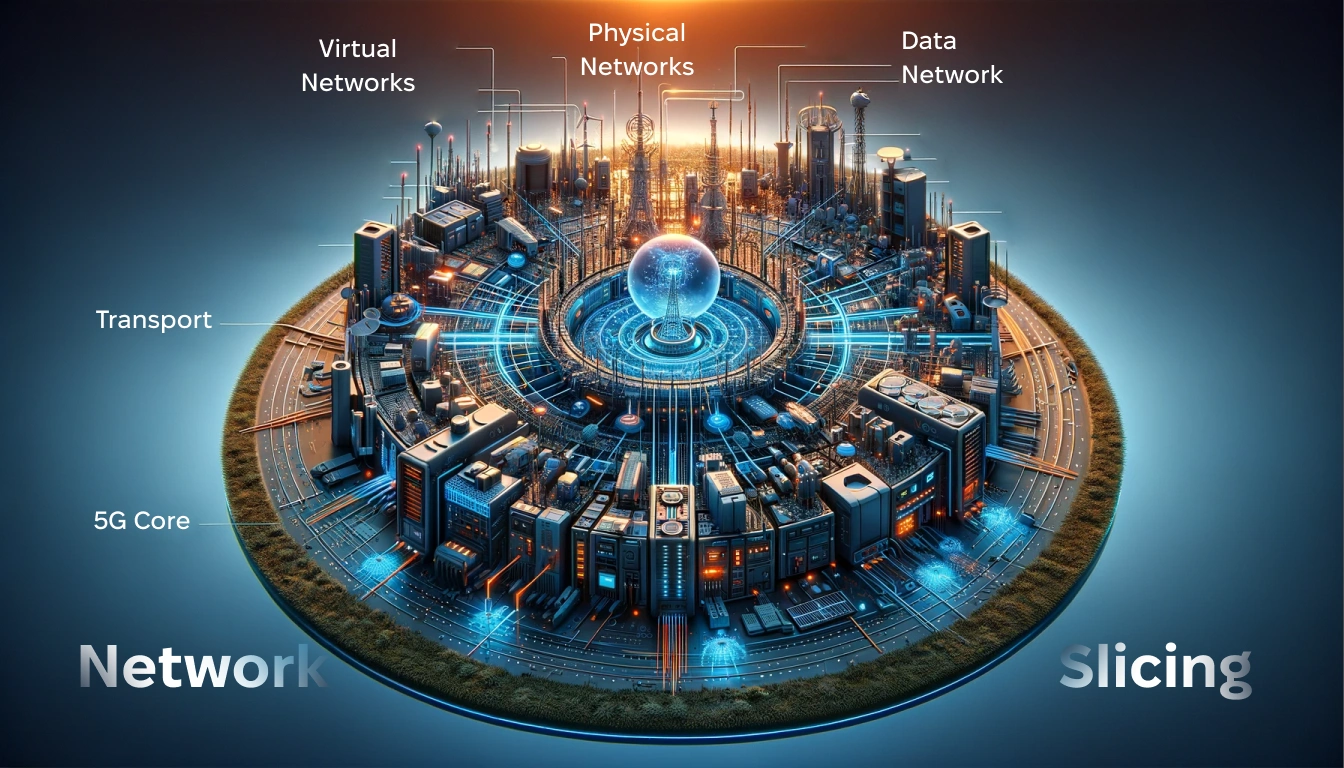
Bandwidth, Latency, and Connectivity: The Technical Trio of 5G Performance
Bandwidth, latency, and connectivity are the three pillars that define the performance of 5G networks. Bandwidth refers to the amount of data transmitted over a network in a given time frame.
With 5G, this is significantly increased, allowing for the transmission of high-definition content without buffering or delays. Latency in 5G networks is drastically reduced compared to 4G, with the potential to go as low as 1 millisecond. This reduction is crucial for applications requiring real-time feedback.
Lastly, connectivity in 5G is designed to support a massive number of devices simultaneously, addressing the growing demands of the Internet of Things (IoT).
Discover how our Flutter app development services are evolving with 5G technology.
5G’s Impact on Mobile App Development
Anticipating How 5G Will Transform App Development Practices
The introduction of 5G technology is set to bring about a seismic shift in the mobile app development landscape. Its key features – significantly higher speeds, lower latency, and greater bandwidth – are expected to redefine the standards of app performance and functionality.
For developers, this means rethinking existing development practices to leverage the capabilities of 5G fully. Mobile applications need to be optimized for faster speeds and more robust connectivity and be designed to exploit the unique opportunities that 5G offers, such as enhanced multimedia experiences and real-time data processing.
Addressing the Increased Demand for Speed and Efficiency in App Development
The heightened speed and efficiency that 5G networks provide are poised to set new expectations for app performance. Users will anticipate rapid loading times and seamless interactions, even with data-intensive applications. This necessitates a shift in the development process, prioritizing performance optimization and efficient data handling.
Additionally, the reduced latency of 5G will enable more complex functionalities, such as those required in AR/VR applications or real-time analytics, to be integrated smoothly into mobile apps.
Enhanced User Experiences
Facilitating Richer Multimedia Content and Interactive Experiences
5G’s ability to support high-definition content streaming with minimal latency opens the door for more immersive and interactive user experiences.
This is particularly significant for applications involving video content, gaming, and augmented or virtual reality. Developers can now create more engaging and responsive apps, offering users experiences previously unattainable due to technical constraints.
Personalization and Real-Time Data Processing: The Game Changers for User Engagement
The real-time data processing capabilities of 5G networks will allow developers to offer highly personalized user experiences. Apps can provide personalized content, recommendations, and interactions based on real-time user data and behaviors by processing large volumes of data almost instantaneously.
This level of personalization and responsiveness is expected to enhance user engagement and satisfaction significantly.
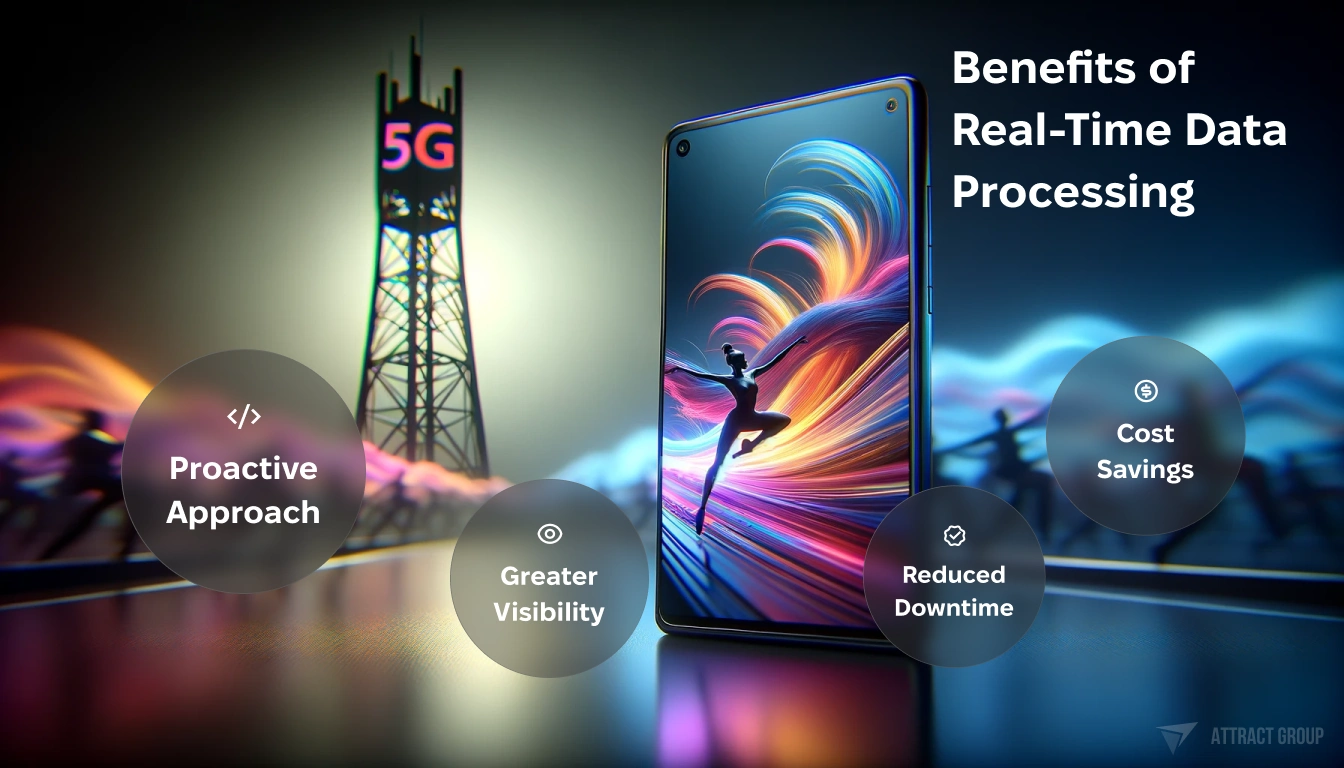
New Opportunities in App Functionality
Enabling Advanced Features like Augmented Reality and Virtual Reality
With 5G’s low latency and high bandwidth, augmented reality (AR) and virtual reality (VR) applications will become more feasible and widespread. Once limited by the constraints of previous network generations, these technologies can now be integrated into mobile apps to provide more immersive and interactive experiences.
AR and VR are set to revolutionize many industries through mobile applications, from gaming to education, shopping to healthcare.
The Influence of 5G on IoT and Wearable Tech Apps
The enhanced capabilities of 5G are also expected to impact the development of IoT and wearable tech applications significantly. The massive device connectivity and improved data transfer rates offered by 5G will enable more complex and reliable IoT systems.
Wearable technologies, too, will benefit from faster data processing and improved synchronization with other devices, enhancing user experience and expanding the scope of what these apps can achieve.
Optimizing Apps for 5G
Strategies for Developers to Harness the Power of 5G Technology
As 5G technology becomes increasingly prevalent, mobile app developers face the challenge of optimizing their applications to harness their full potential. This involves tweaking existing apps and reimagining them to take advantage of 5G’s speed, low latency, and increased connectivity.
Key areas of focus include enhancing data transmission efficiency, optimizing cloud integration, and ensuring seamless performance across varied network conditions. Developers must also explore new paradigms in app architecture, such as edge computing, which can significantly reduce latency by processing data closer to the user.
Preparing Current Apps for the Transition to 5G: A Checklist for Developers
To ensure a smooth transition to 5G, developers should consider the following checklist:
- Evaluate Network Requirements: Assess how 5G’s capabilities can enhance your app’s functionality.
- Optimize for Speed and Efficiency: Revise data handling and storage strategies to exploit 5G’s high speed and bandwidth.
- Enhance Cloud Integration: Leverage cloud resources more effectively, given 5G’s improved cloud computing capabilities.
- Implement Adaptive Design: Ensure your app can adapt to varying network conditions and seamlessly transition between 4G and 5G.
- Focus on Security: Strengthen security protocols to handle the increased data flow and potential vulnerabilities of 5G networks.
Skills and Knowledge Updates Required for App Developers
The shift to 5G necessitates that mobile app developers update their skills and knowledge. This includes gaining a deeper understanding of 5G technology, network behavior, and its implications for mobile app development. Familiarity with new development tools and frameworks exploiting 5G’s capabilities is also crucial.
Additionally, developers should stay informed about emerging trends in 5G, such as the expansion of IoT, the rise of edge computing, and the evolving landscape of AR/VR technologies.
Best Practices in Designing and Testing Apps for 5G Networks
To ensure optimal performance on 5G networks, developers should adopt the following best practices:
- Design for High-Speed Connectivity: Build apps that utilize the high-speed data transfer of 5G for enhanced functionality.
- Incorporate Real-Time Data Processing: Take advantage of 5G’s low latency to integrate real-time data processing and analytics.
- Test Across Network Types: Ensure your app performs well across different networks, including varying 5G spectrums.
- Prioritize User Experience: Design for immersive and interactive user experiences that 5G can support, especially in AR/VR applications.
- Embrace Agile Development: Adopt an agile development approach to quickly adapt to the evolving capabilities and standards of 5G technology.
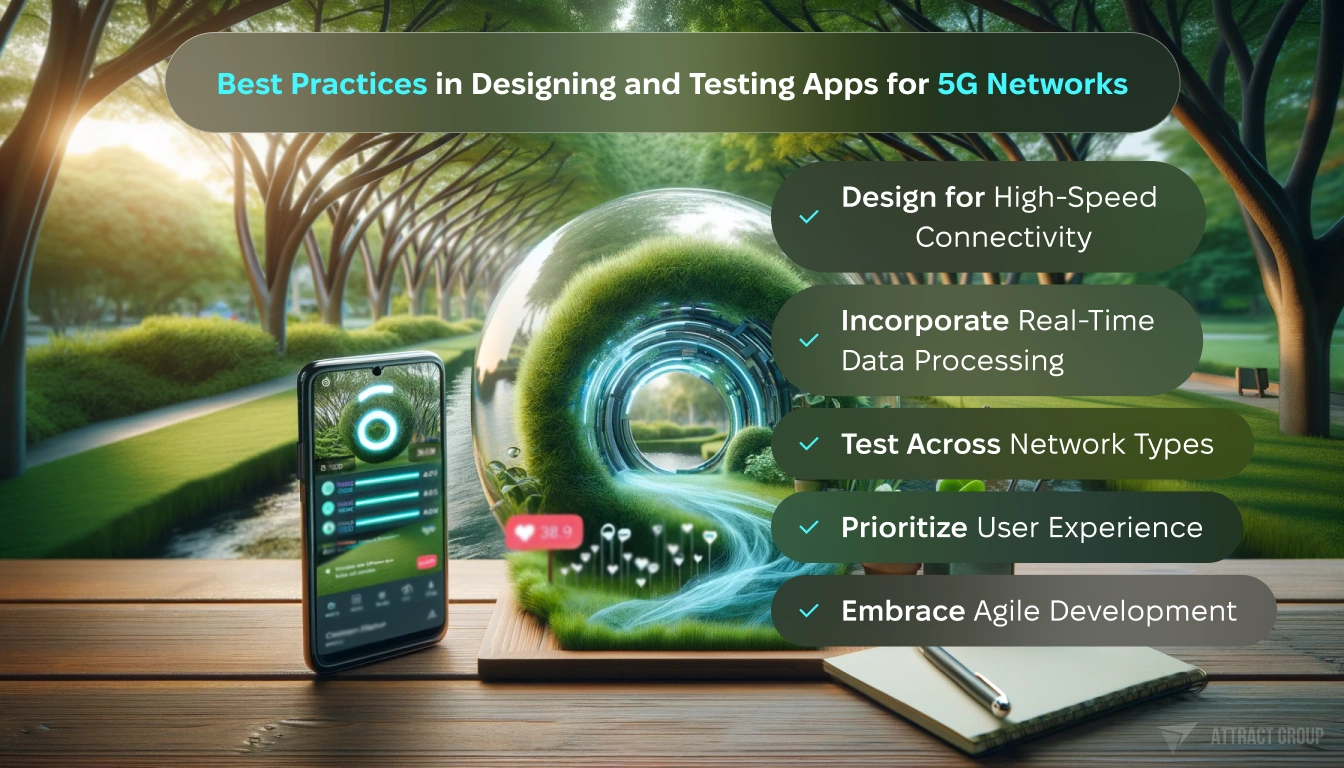
Challenges and Considerations in 5G Mobile App Development
Introducing 5G technology brings a paradigm shift in the mobile app development landscape, presenting opportunities and challenges. As 5G networks become more widespread, mobile app development companies are gearing up to embrace this new era of connectivity.
The advent of 5G technology is poised to significantly impact mobile app development, particularly in areas like smart cities and advanced mobile commerce.
One key challenge lies in the realm of compatibility and integration. Developers must ensure that apps are compatible with 5G and seamlessly interoperable with existing 4G networks. This dual compatibility is crucial as the global mobile industry transitions from 4G to 5G. Additionally, the deployment of 5G infrastructure introduces new considerations in network design and mobile data handling.
The profound impact of 5G extends beyond speed and efficiency; it redefines user experience and app functionality. Mobile technology powered by 5G will enable more interactive and immersive applications, particularly in fields like AR and VR. As we step into the future of mobile app development, it’s clear that 5G will not only enhance existing app capabilities but also create new possibilities in the world of mobile apps.
With 5G, the app development landscape is becoming increasingly dynamic, calling for skilled mobile app developers to navigate these changes and leverage the full potential of 5G capabilities. The era of mobile app development is evolving rapidly, and with it, the way we interact with mobile devices and use mobile apps.
Contact us to learn how we can help you leverage 5G for your next project
Security Implications of 5G in Apps
With the launch of 5G, the security landscape in mobile application development is undergoing a significant transformation. The enhanced capabilities of 5G, while bringing numerous advantages, also introduce new security risks that mobile app developers must address. Implementing 5G in mobile apps demands robust security measures to protect against these evolving threats.

New Security Risks Posed by 5G Technology
A recent study revealed that over 30% of organizations are concerned about the increased security risks associated with 5G networks. The main concerns stem from the vast connectivity and high speed of 5G, which, if not properly secured, could lead to heightened vulnerabilities in mobile apps.
Implementing Robust Security Measures for 5G-Enabled Apps
| Security Feature | Importance in 5G Context |
| Encryption | Essential for protecting data in transit over high-speed 5G networks |
| Authentication | Critical for verifying user and device identities in a connected ecosystem |
| Network Security | Paramount due to increased network exposure and connectivity |
| Real-Time Monitoring | Vital for promptly detecting and responding to threats in a 5G environment |
Developers must prioritize these security features to ensure the safe deployment of 5G-enabled apps. This includes enhancing encryption protocols, strengthening authentication processes, and implementing comprehensive network security measures. Furthermore, real-time monitoring becomes crucial to identify and mitigate threats swiftly in a 5G network.
Case Studies and Success Stories
The advent of 5G has led to groundbreaking developments in the mobile app industry. One notable example is a smart city application that leverages 5G’s low latency and high bandwidth to manage traffic flow and public safety in real-time. This app has significantly improved urban management and citizen engagement.
Another success story comes from the realm of mobile commerce, where a retail app, powered by 5G, offers immersive shopping experiences through AR, leading to a substantial increase in customer engagement and sales.
Take a look at one of our successful projects, Flustr – A social networking app with live streams. Thanks to 5G’s exceptional bandwidth and speed, it successfully accommodates many concurrent users and streams. This capability enhances user experience by providing smooth, uninterrupted live video content, fostering a dynamic and engaging social media environment.
These cases are examples of the transformative impact of 5G on mobile app development, showcasing how it enables innovative functionalities and enhances user experiences. The future of mobile app development, powered by 5G, holds immense potential for creative and practical applications across various sectors.
Request a free quote now and start your journey towards cutting-edge app solutions today
Conclusion: Embracing the 5G Revolution in Mobile App Development
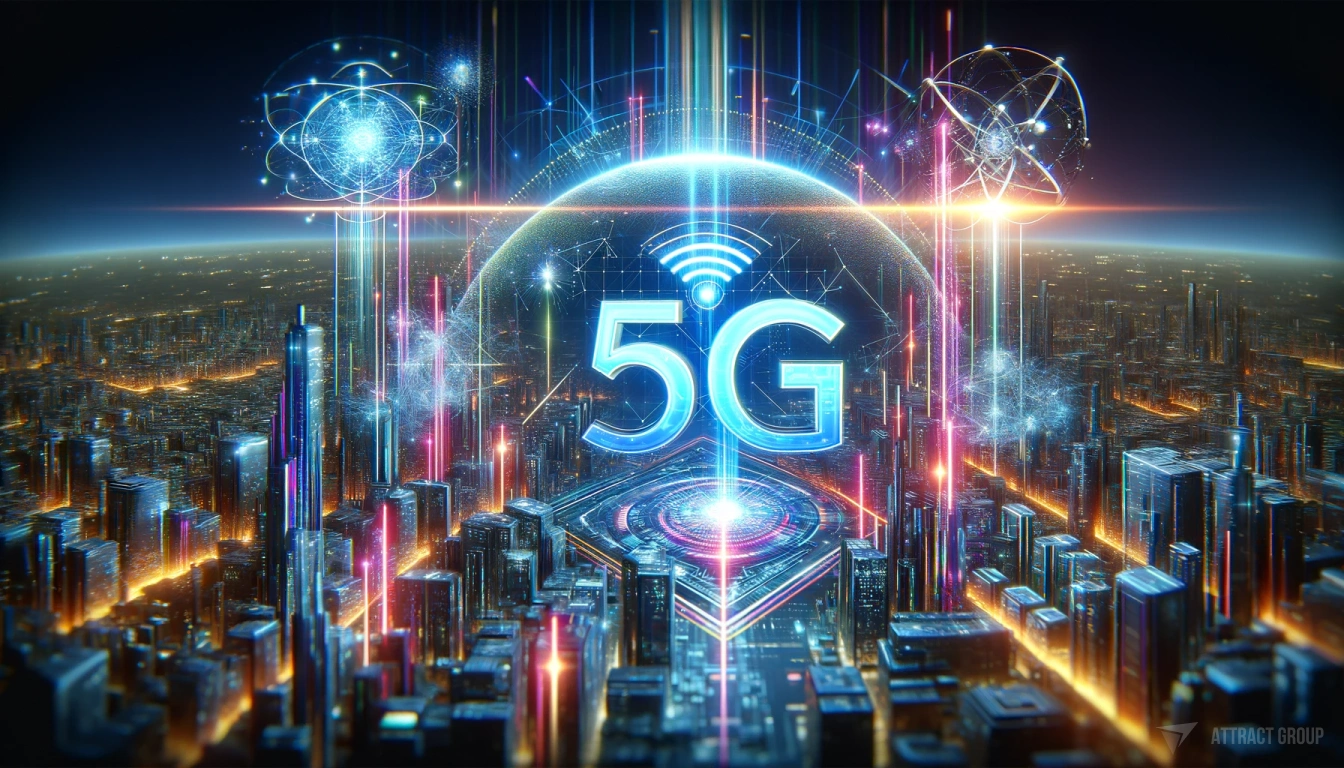
The 5G revolution is set to redefine the world of mobile app development, ushering in a new era of innovation and possibilities. Developers and businesses must adapt and evolve with this transformative technology as we move forward.









